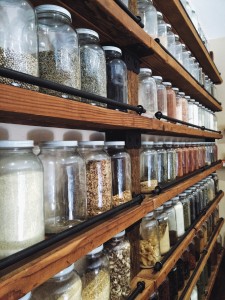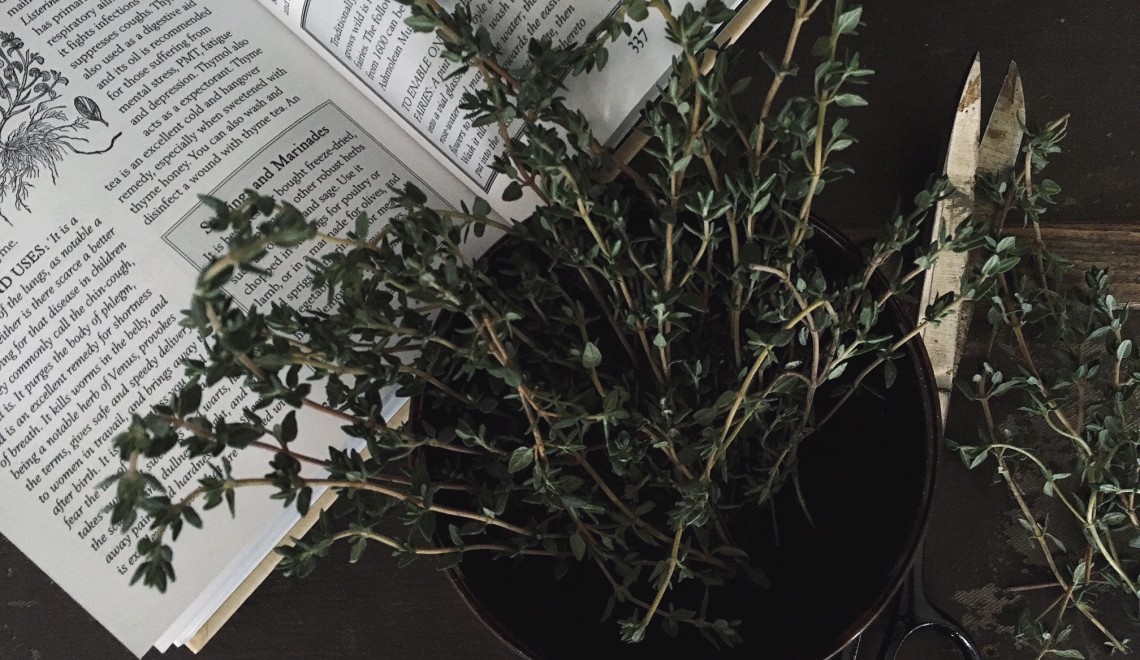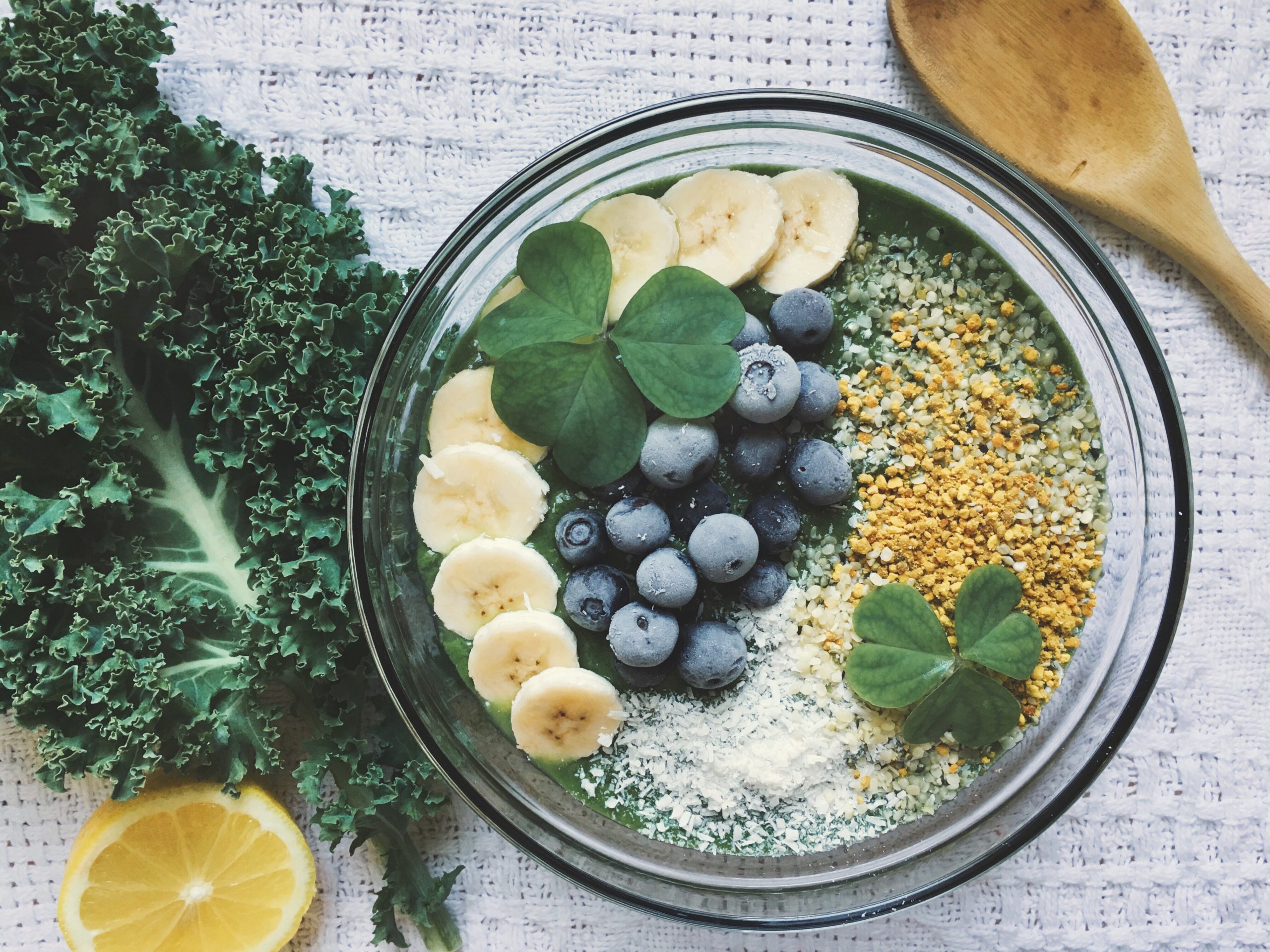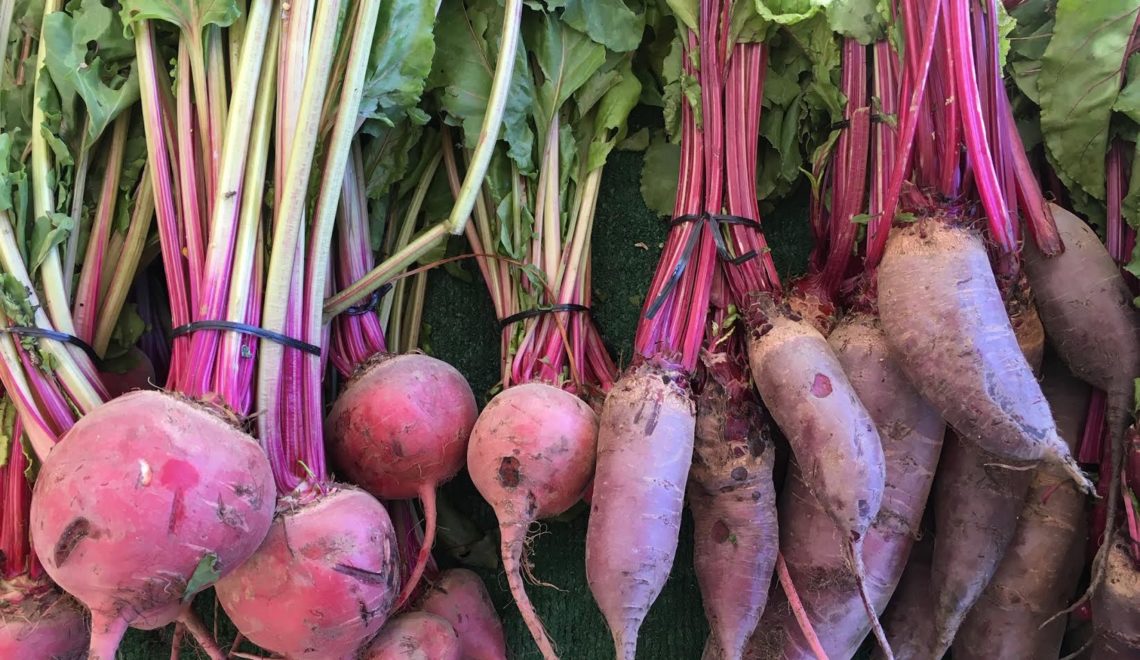Crimson Crush: Nutritional Benefits of Sumac

We often hear about the importance of certain culinary ingredients. Himalayan pink salt, for example, is rich in a multitude of elements and minerals. Other beneficial enhancements such as spices and natural additives can be incorporated into our daily food adventures as well. Sumac is one of them. Here in the U.S., however, it can be found at specialty stores such as our favorite, Spice Station, in LA’s Silverlake neighborhood.
A close relative of poison ivy, sumac is made from the dried and ground berries of the sumac bush or trees and has been used for centuries for both its medicinal and culinary contributions. Sumac, meaning “red,” is native to Australia, Asia and the Southwest Pacific and is widely used in Southern Europe, Afghanistan and Iran.
 Behind it’s beautifully rich reddish-purple hue, sumac hosts a wide variety of healing properties and disease fighting nutrients. The berries are abundant in vitamin C, making this spice a powerful anti-aging and antioxidant by helping to decrease free radicals. Other important nutrients include trace minerals such as potassium, calcium, magnesium and phosphorus, which all add to a healthy mind and body. The berries also have high levels of Omega-3’s, protein and fiber.
Behind it’s beautifully rich reddish-purple hue, sumac hosts a wide variety of healing properties and disease fighting nutrients. The berries are abundant in vitamin C, making this spice a powerful anti-aging and antioxidant by helping to decrease free radicals. Other important nutrients include trace minerals such as potassium, calcium, magnesium and phosphorus, which all add to a healthy mind and body. The berries also have high levels of Omega-3’s, protein and fiber.
This slightly lemony tasting spice can be used in a multitude of ways in the kitchen. Native Americans often made sumac-ade, called “rhus-juice,” from the berries. It was a lemonade type beverage that we are definitely going to try our hand at making once the weather warms up a bit. A simple way to incorporate this beneficial spice is by adding it to anything from salad dressings and veggies, (stay tuned for our cauliflower recipe!) to chicken and fish dishes. And, let’s not forget, a beautiful and tasty addition to home made cocktails!
Overall, nature has done a pretty incredible job of “color coding” its bounty, in line with each food’s nutritional benefits. Generally, the darker or more vibrant in color a fruit or vegetable, the more nutrient dense it is. It doesn’t stop at fruits and leafy greens, however. We need to keep in mind that a number of herbs and spices hold just as many beneficial nutrients.






1 comment